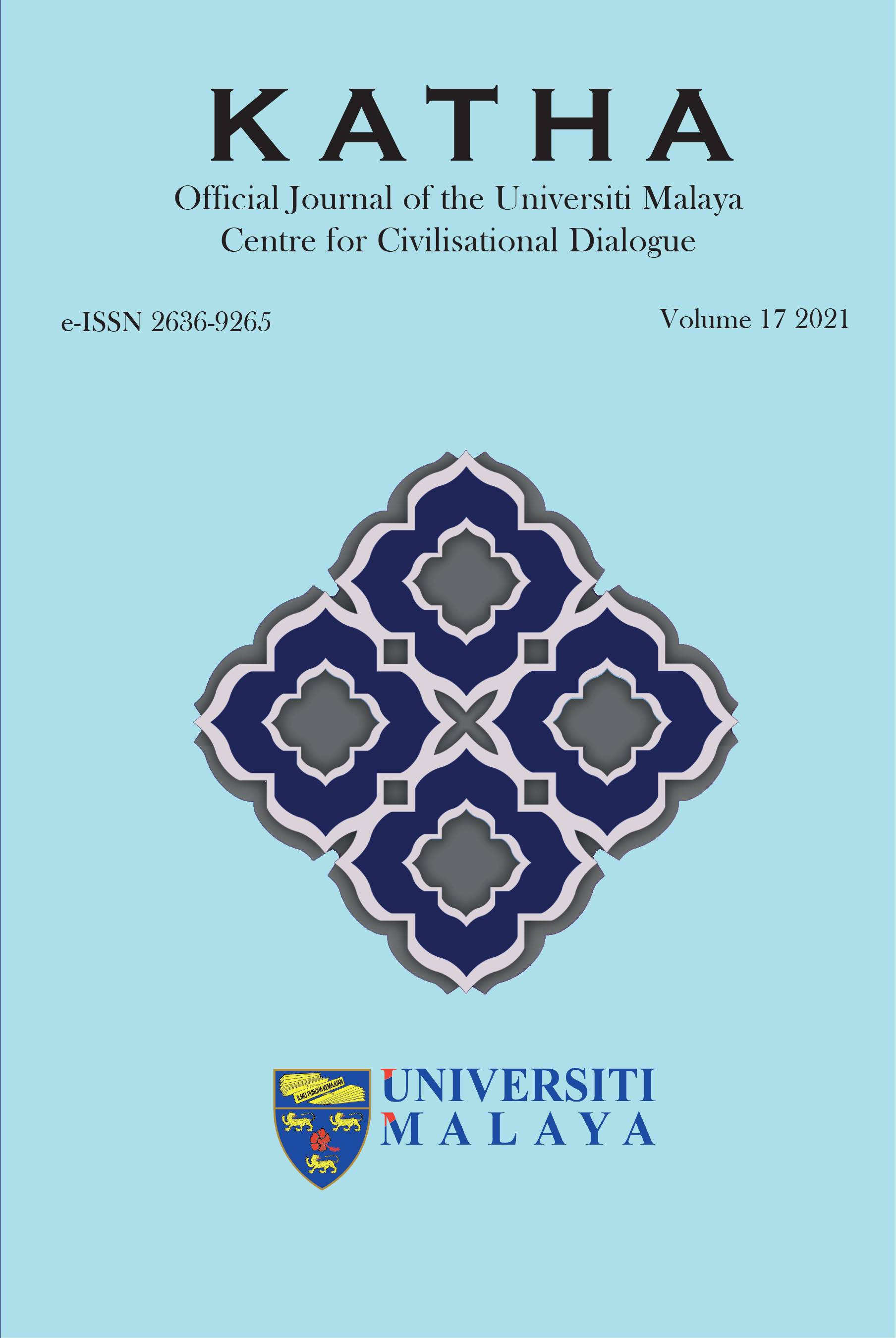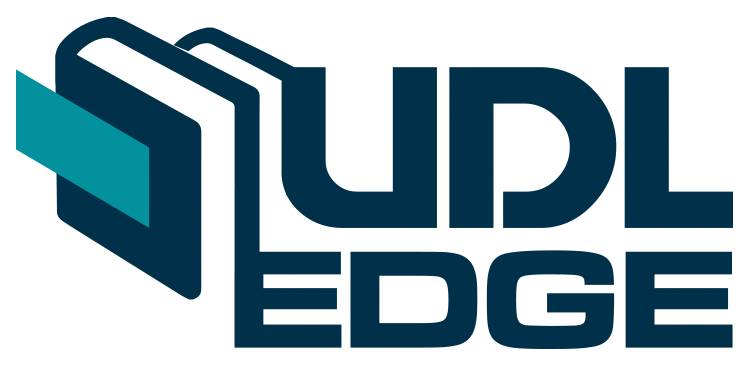The Benefit of Cupping (Hijamah) to Post-Vaccination Mental & Physical Health
DOI:
https://doi.org/10.22452/KATHA.vol17no1.2Keywords:
cupping, AEFI, pandemic, health, vaccination, sunnahAbstract
The Muslims have been challenged significantly during the pandemic, both mentally and physically. Staying safe and healthy have been a great concern of all throughout the world. The prophetic ways of life have been fundamental examples in how we could go about in dealing with the disastrous effects of the pandemic, and also the AEFI (Adverse Effect Following Immunizations) that could affect some individuals in various ways. The purpose of this study is to promote the benefits of cupping (hijamah) as one of the ways in dealing with the AEFI that may cause blockage in the brain, heart attacks and sudden death. Cupping therapy (CT) is used in Asia, Europe, and the Middle East and is prevalent in Muslim communities where it is a recommended sunnah of the Prophet Muhammad PBUH. Cupping has been studied tremendously and proven to improve one’s health conditions related to high blood pressure, diabetes, high cholesterols, knee and joint pains, asthma, acne, migraine, respiratory problems and other medical issues. Cupping is also proven to be able to help improve one’s mental and physical health when affected by COVID- 19 or other diseases that increase dramatically during this pandemic. Finally, some challenges and their implications are discussed with recommendations.
Downloads
Downloads
Published
How to Cite
Issue
Section
License
Copyright (c) 2021 KATHA- The Official Journal of the Centre for Civilisational Dialogue

This work is licensed under a Creative Commons Attribution-NoDerivatives 4.0 International License.
Articles submitted to the journal should not have been published before in their current or substantially similar form, or be under consideration for publication elsewhere. Authors submitting articles for publication warrant that the work is not an infringement of any existing copyright and will indemnify the publisher against any breach of such warranty. For ease of dissemination and to ensure proper policing of use, papers and contributions become the legal copyright of the publisher unless otherwise agreed. By submitting a manuscript, the author(s) agree that copyright for the article is transferred to the publisher, if and when the manuscript is accepted for publication. However, it can be reprinted with a proper acknowledgment that it was published in KATHA.

This work is licensed under a Creative Commons Attribution-NonCommercial-NoDerivatives 4.0 International License.




